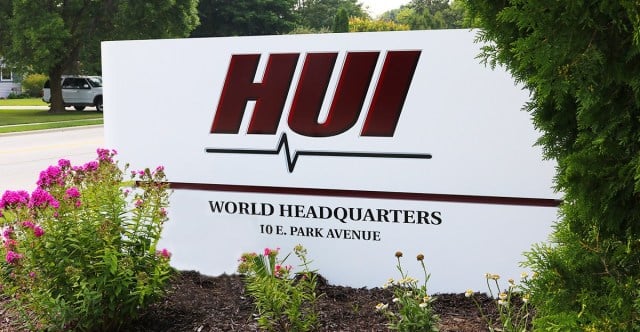One of the things we enjoy partnering with our customers on is finding ways to improve the design of their jobs in order to optimize the manufacture and assembly of those parts, or DFMA.
Not every contract manufacturer or fabricator will devote time to this process. Oftentimes, customers will simply get a “no-quote” with no explanation or have to deal with issues later on because the designs they’ve sent aren’t easily manufactured.
The supply chain upheaval of the past two years has emphasized the need for DFMA. In a world where material costs and availability are impacting the industry daily, it pays to re-look your prints to see if you are setting up your suppliers and yourself for success.
Here are the top five DFMA issues we uncover when reviewing designs from OEMs:
#1: The product dimensions necessitate a layout that does not fit easily into standard sheet metal sizes.
If you have any wiggle room on your finished product size, be sure to think about how the component parts will be cut. We reviewed one cabinet plan that called for a piece of steel to be cut at 48.5 inches before being formed. One of the standard sheet sizes for steel is 48x96 inches. That extra half an inch in the dimension is a limitation that may not be necessary. It seriously limited the number of ways the panels could be laid out on the sheet metal to be cut, creating more scrap… and therefore more expense.
Keep in mind that the current steel shortage has made the availability of certain sizes hit-or-miss. OEM design engineers should maintain an awareness of readily available metal sheet sizes and take them into consideration when designing prints to minimize lead times and material costs for your project.
#2: Choosing welded corners over formed corners on enclosures and cabinets.
We frequently see engineering plans for enclosures that require welded corners, when there is no reason the corner couldn’t be bent instead. Forming an angle on a press brake takes far less time and is a more efficient process to achieve the same result. Think about it: if you were making a paper airplane, would you cut each plane out of the paper and then tape them together, or would you just fold it? In general, we recommend engineering your project to favor forming vs. welding wherever it is practical.
#3: Using one blanket tolerance for the entire project.
When OEM engineers send a design out for quote using a blanket tolerance, it creates confusion… and it could actually hinder quality management of the project in the long run! Usually, that blanket tolerance will be unrealistic or even impossible for all the processes and sizes being used on your project. This encourages two reactions from contract manufacturers:
1) to no-quote your project, which ultimately limits the number of competitive quotes you receive or…
2) to build the project at estimated tolerances they believe you will accept rather than building to the stated blanket tolerance.
Neither of these is an ideal option. Using size and process-based tolerancing like the JIS (Japanese Industrial Standard) communicates to the contract manufacturer industry-manageable tolerances based on the process being used to manufacture the product.
#4: Using gauges of steel that are not readily available.
If an OEM is moving production of a project from overseas to domestic manufacturing, there may be relics in the drawings that cause confusion. We often see this with the gauge of steel used. For example, 13 gauge steel is not very common in the US. If the design allows for it, going up to 14 or down to 12 gauge can make your project more cost-effective and less likely to be delayed because of steel availability.
#5: Not taking advantage of the engineering expertise available.
Our engineering team at HUI is always willing to collaborate with our counterparts at the OEMs we support to find solutions to reduce costs, ensure quality, and shorten lead times. We maintain peer-to-peer lines of communication to streamline changes and communicate effectively. Chances are, your contract manufacturing engineering team has in-depth knowledge and understanding of the most efficient way to get your project built to the quality you need. Reach out – we’re here to help!
Photo by Kind and Curious on Unsplash
 HUI dedicates itself to helping our customers design the solutions they need and launching quality products on time and within budget.
HUI dedicates itself to helping our customers design the solutions they need and launching quality products on time and within budget.